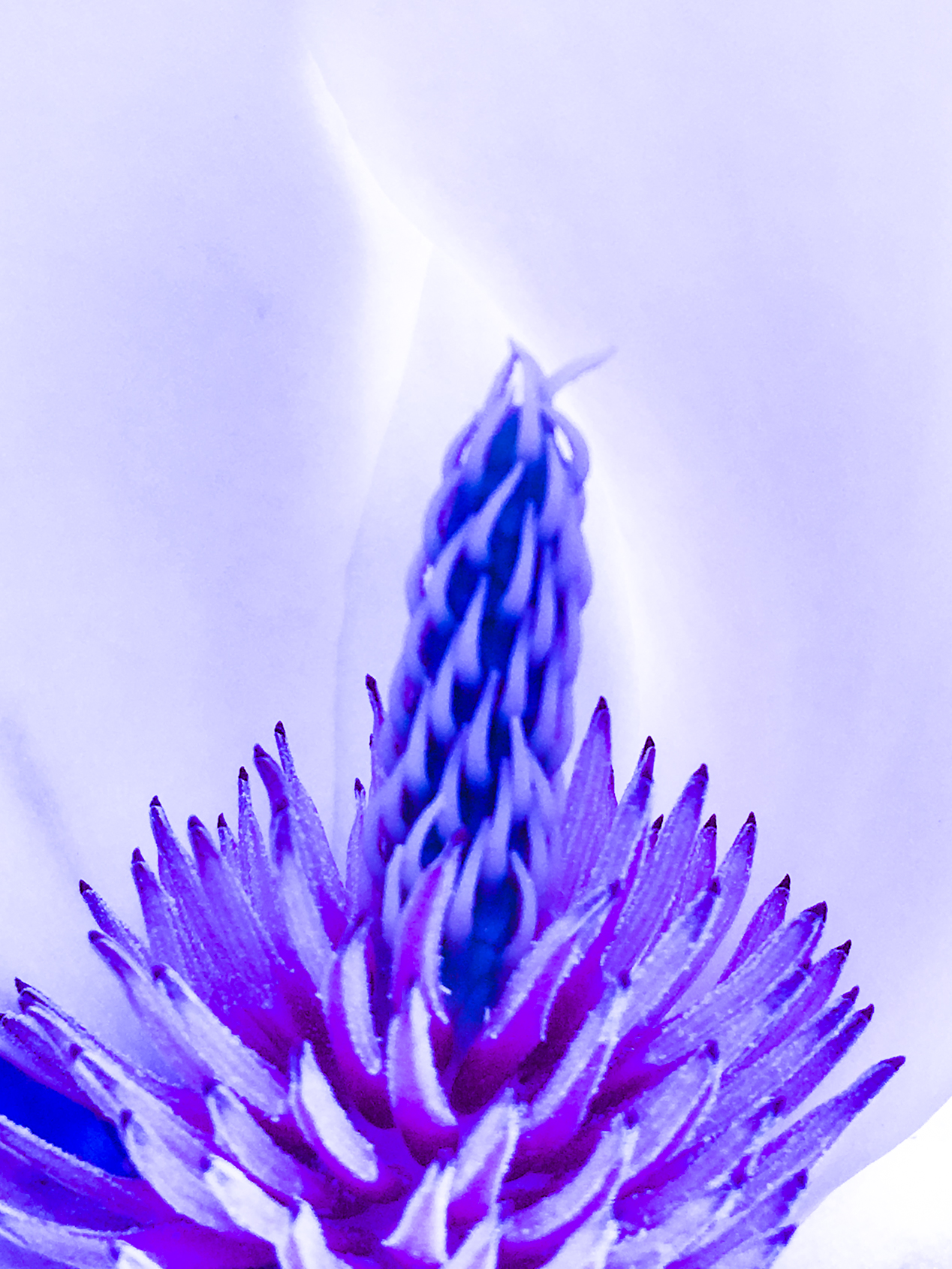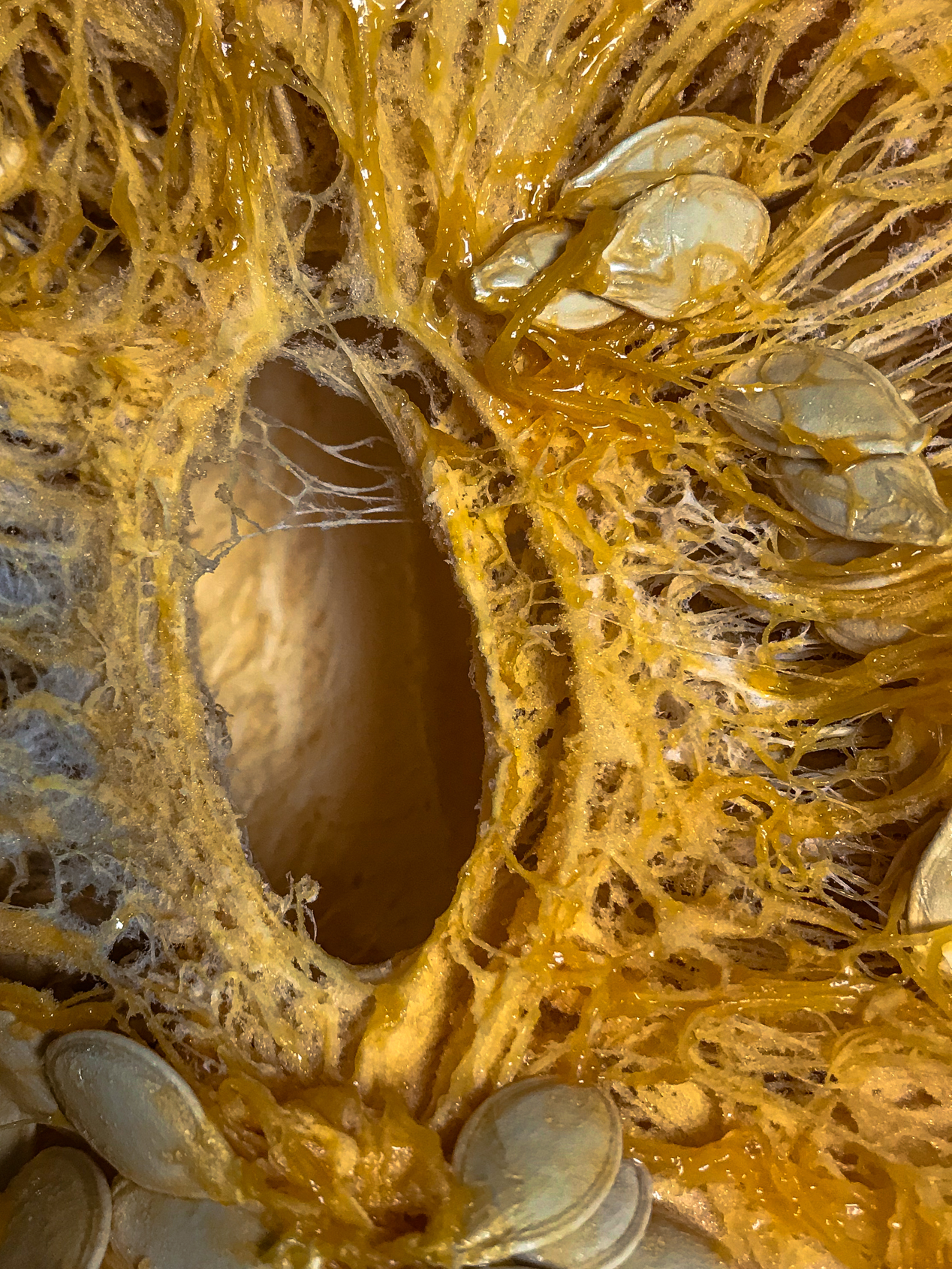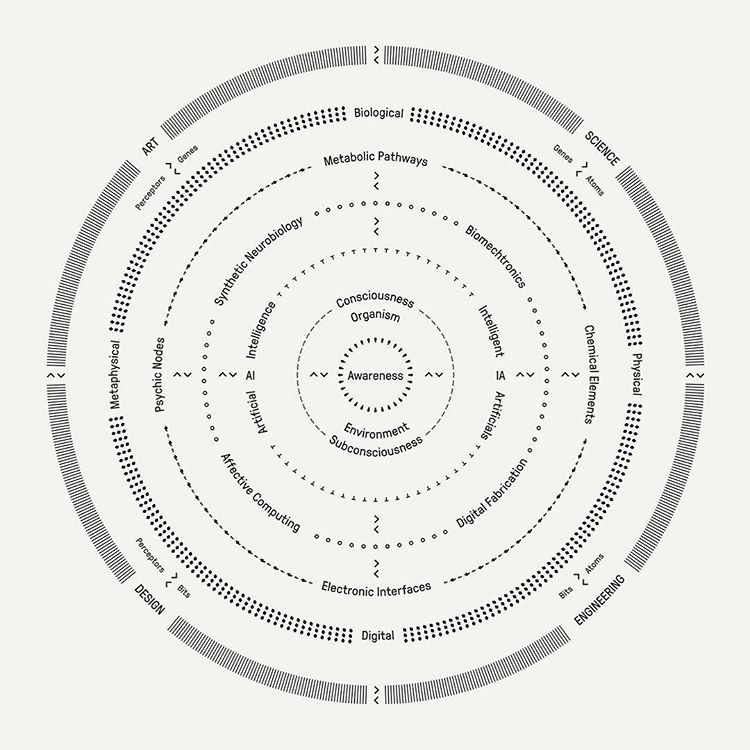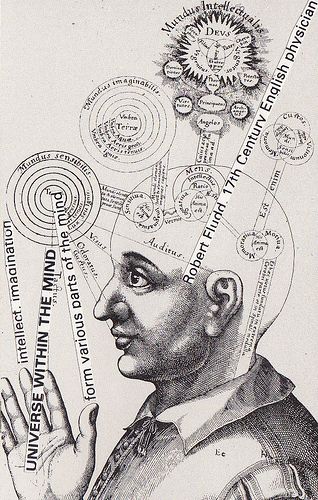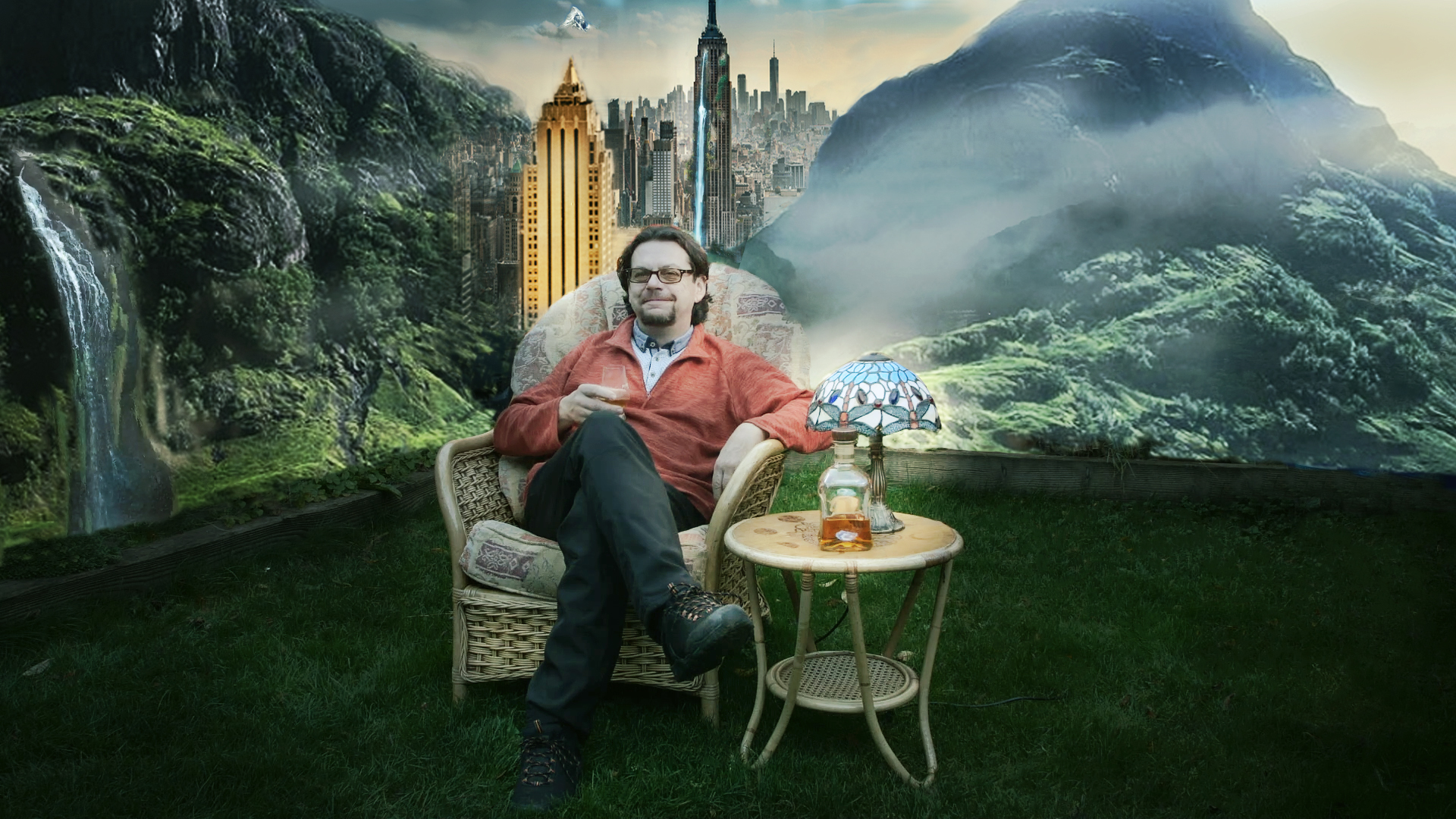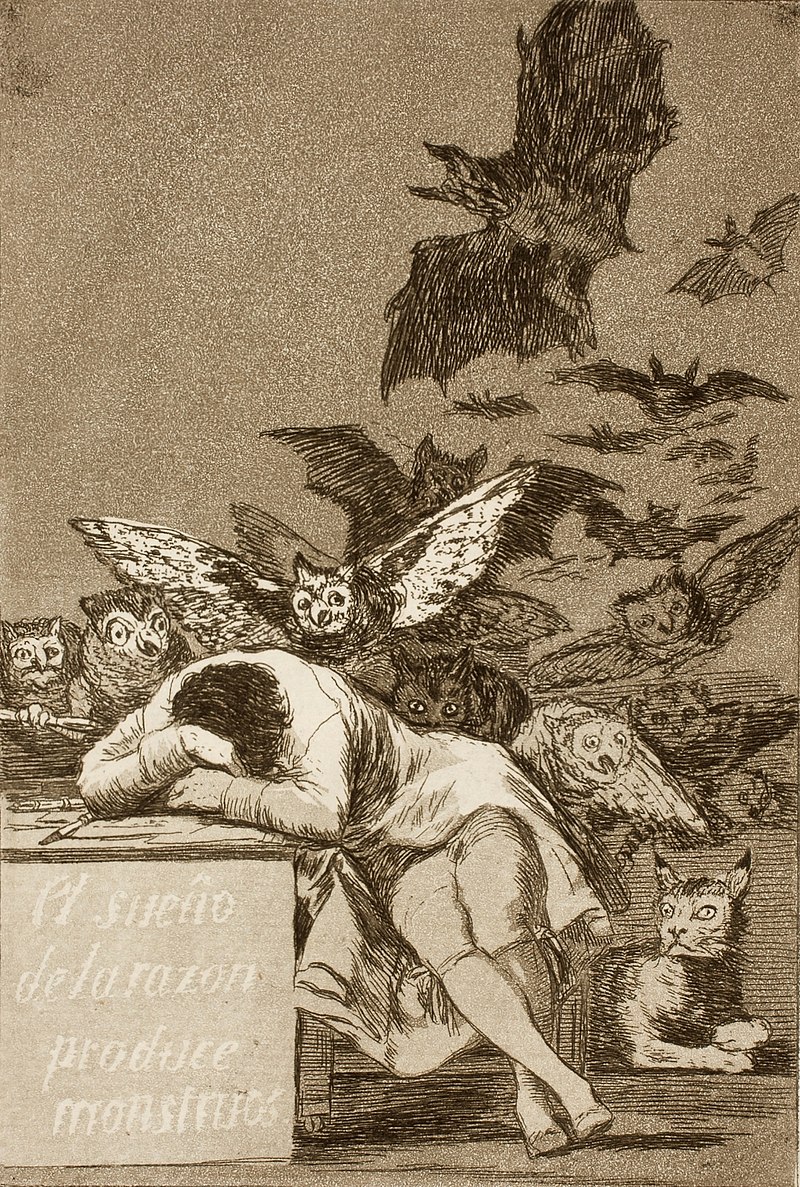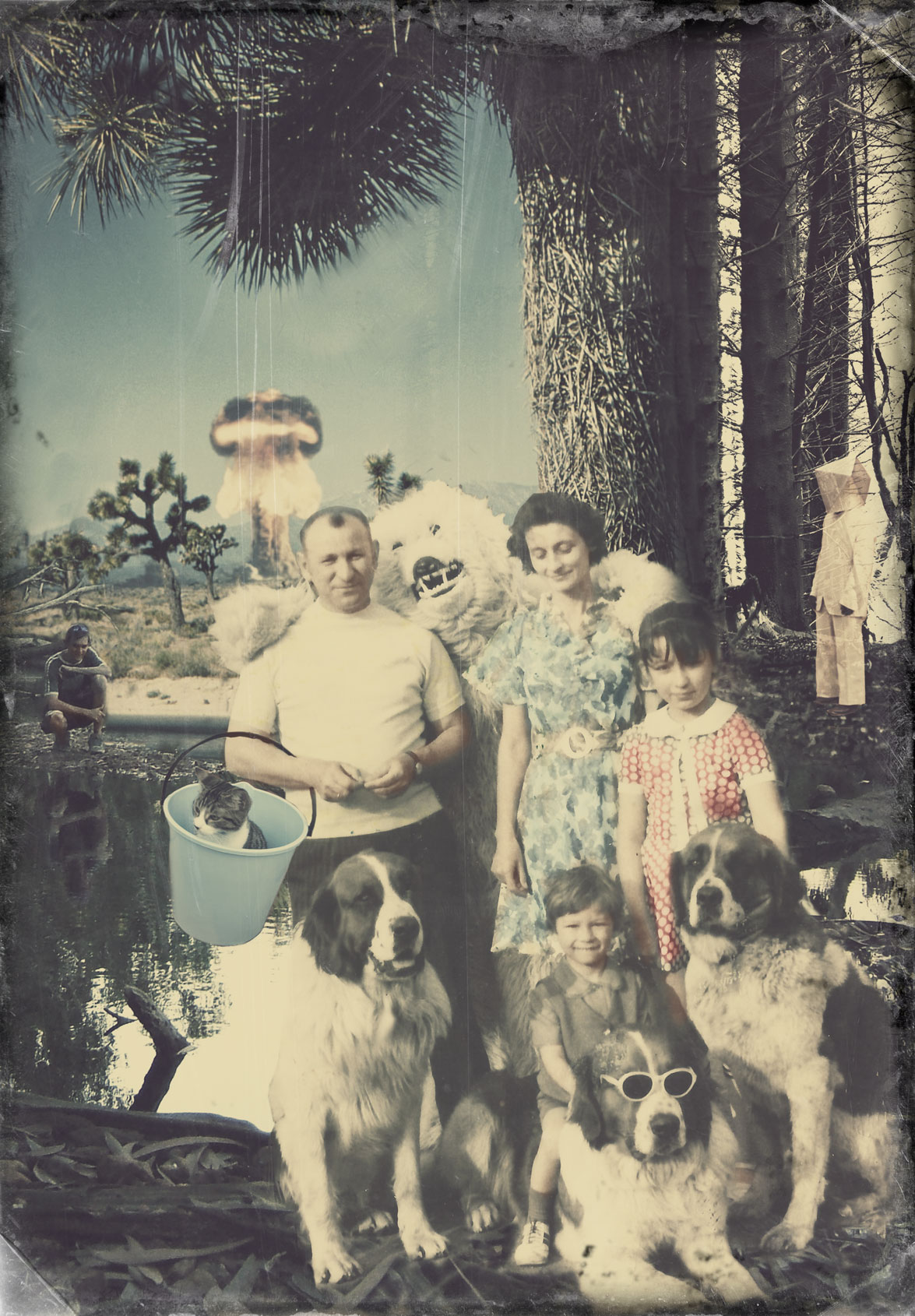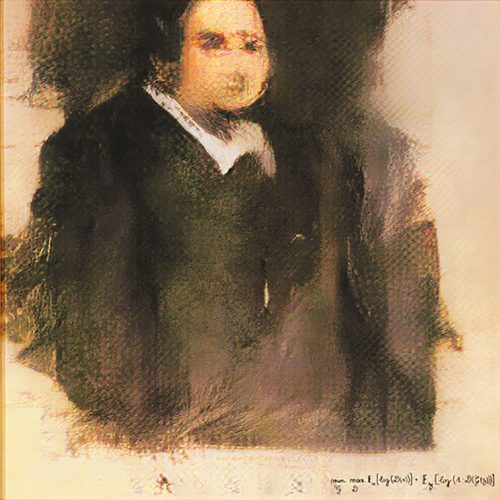ARD 517 beginning
This module is designed to develop the personal artistic path of each student. The first and probably the most important task is to find answers to the questions: What do I want to do? What interests me? What do I want to show? Before I go into these answers, I want to show you an article here that I received from Stephen King, my tutor. I publish the article in its entirety, because I believe that its content is extremely valuable. This is a wonderful text by Bill Jay, "The Thing Itself- The fundamental principle of photography "From: Occam's Razor -...


